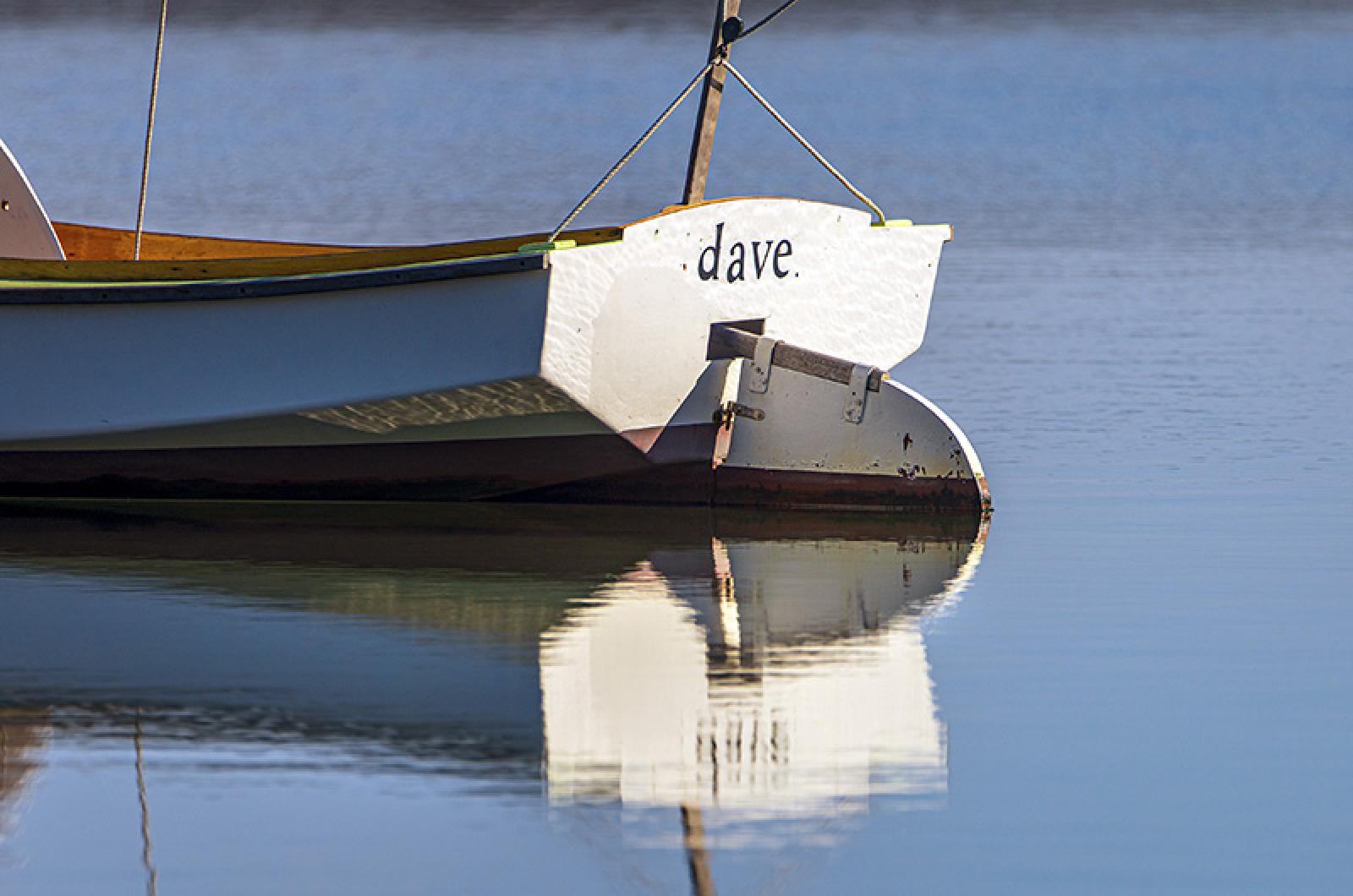The town of Tisbury has expanded the areas of Lagoon Pond where shellfishing is prohibited or restricted.
In order to comply with revised state and federal shellfish sanitation rules, the anchorage area along the pond’s boundary with Oak Bluffs has been expanded to about 50 acres. The area will be closed to all shellfishing from April through October.
“It encompasses most of the mooring fields, in case people want to stay on their boats,” shellfish constable Danielle Ewart told the select board at Wednesday afternoon’s board meeting.
The state Division of Marine Fisheries is requiring the expanded anchorage because Tisbury bylaws allow boats to anchor for up to seven days, Ms. Ewart said.
“We had to come up with something because they were going to say ‘Hey, listen, if you don’t do anything, if you don’t have an [anchorage] area, if you don’t do this, we’re going to shut it down to shellfishing,’” she said.
The closure period can be adjusted based on boaters’ use of the anchorage, Ms. Ewart said, but is intended to be in effect throughout the boating season.
“It’s so we can keep the pond open to shellfishing, harvesting of any kind, whether aquaculture, recreational or commercial shellfishing,” she said.
Shellfishing is now prohibited year-round at the pond’s southwest end between Beach Road and Hines Point Road, according to an updated map on the shellfish department’s web page.
That area offers boaters a landing spot for dinghies when they go ashore, said Ms. Ewart, who told the board that quahogs and scallops can be found on the bottom, particularly in the area of the osprey nest.
A small area on the Beach Road side of the pond is also closed to shellfishing, according to the map, while a nearby strip south of the boat launch is open to recreational harvesting only.
The state fisheries division found this year that all of Lagoon Pond no longer meets the criteria for shellfishing approval, based on federal mooring area standards and water quality data from the pond, according to an August 4 announcement from the Tisbury shellfish department.
But Oak Bluffs, which controls the eastern side of the pond, has a different management program that limits visitors to only three nights at anchor, Ms. Ewart said.
Tisbury harbormaster John Crocker backed Ms. Ewart’s changes.
“I don’t want to stifle debate on this issue, but this is something that’s being imposed upon us by the Division of Marine Fisheries, so it really isn’t like we have a choice … if we want to keep shellfishing,” Mr. Crocker said.
Shellfishing in Lake Tashmoo also came up on Wednesday.
The anchoring moratorium that began this year has made it difficult for people to harvest shellfish, Mr. Crocker said, asking for a modification allowing small boats to anchor while actively shellfishing.
The select board agreed, setting the size limit at 18 feet for boats engaged in shellfishing on Lake Tashmoo.
Town officials discussed reconfiguring the Tisbury Waterways Committee and changing its name to the Natural Resources Committee, before tabling the matter.
“You’re still receiving letters of interest [from prospective committee members],” town administrator John (Jay) Grande told the board.
Among other business Wednesday, the board appointed Caitlin Burbage and Victor Capoccia to the Island’s legislative delegation on housing issues and voted to authorize Mr. Grande to testify as needed in legislative hearings on the housing bank and transfer fee bills.





Comments (1)
Comments
Comment policy »